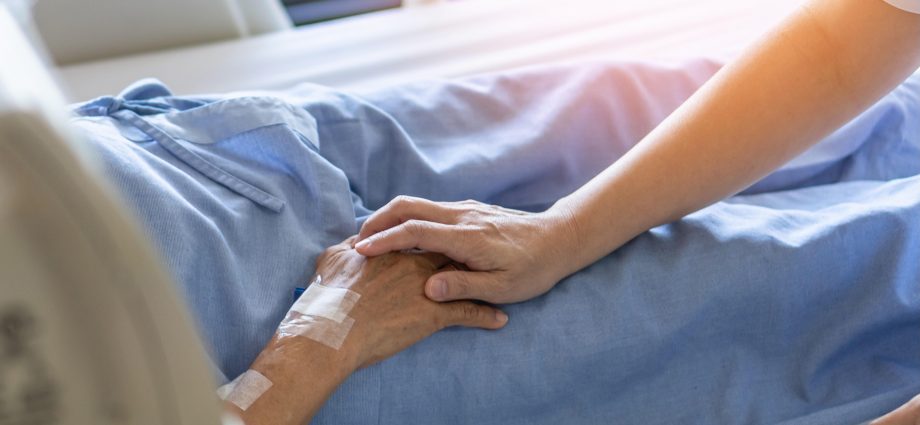WEDNESDAY, Nov. 22, 2023 (HealthDay News) — Four of every 10 American seniors who suffer a fall and end up in the ER with head trauma get no follow-up care once they go home, a new study finds.
“Only 59 percent of our study subjects had follow-up with their [health care] provider,” study senior author Dr. Richard Shih said. He’s professor of emergency medicine at Florida Atlantic University in Boca Raton.
Even if patients do manage to see a doctor after their ER discharge, they often get no guidance on how to prevent another fall, Shih and his colleagues said.
“Of the patients in our study that had primary care physician follow-up, 28 percent reported that there was no fall-risk assessment and 44 percent did not receive fall prevention interventions,” he said in a university news release.
Falls can be highly injurious and often fatal for older Americans. According to data supplied by the university, in a given year 1 in every 4 Americans aged 65 or older will suffer a fall, resulting in 8 million emergency department visits annually, 800,000 hospitalizations and more than 27,000 deaths.
Seeing your family doctor after you’ve recovered from a serious fall is crucial to helping prevent subsequent falls, the Florida team said.
Unfortunately, that kind of follow-up often doesn’t happen.
In their study, Shih’s team tracked levels of follow-up care for more than 1,500 seniors who fell and suffered a head injury. All were treated at emergency departments at one of two Florida hospitals.
Two weeks after each patient was discharged from the hospital, Shih’s team telephoned them asking whether they’d seen their primary care physician in the intervening 14 days. If they answered “yes” to that question, they were asked whether the doctor had assessed their risk for another fall, or given them guidance on preventing falls.
The findings showed a real need for better follow-up care for seniors after a fall.
When a primary care physician does advocate for a falls-prevention strategy, physical therapy is usually the go-to option.
“When referred to physical therapy, patients may be more likely to adopt fall prevention interventions and home safety modifications that have been shown to reduce recurrent fall, hospitalization and mortality,” noted Shih.
“Given the importance of fall prevention in this high-risk group, we strongly endorse that fall-risk assessment and patient education is performed in the emergency department or by the primary care physician,” he added. “The physician follow-up should include fall-risk assessment and initiation of any appropriate interventions to prevent subsequent falls and fall-related injury.”
The new study is scheduled for publication in the January issue of the American Journal of Emergency Medicine.
More information
Find out more about falls prevention at the National Institute on Aging.
SOURCE: Florida Atlantic University, news release, Nov. 20, 2023
Copyright © 2024 HealthDay. All rights reserved.

